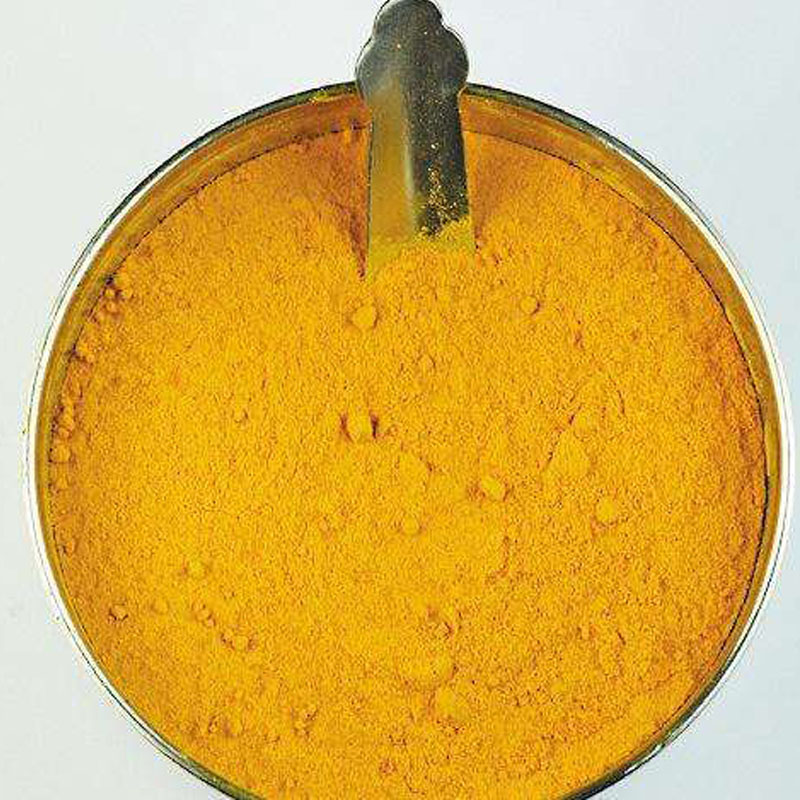- No. 268 Xianghe Street, Economic Development Zone of Xingtai city, Hebei 054001 China
- Byron@hbhongri.cn
red paprika
The Vibrant World of Red Paprika A Culinary Delight and Nutritional Powerhouse
Red paprika, with its vibrant color and rich flavor, has been a cherished spice across cultures for centuries. Whether used in a humble home kitchen or a gourmet restaurant, this versatile ingredient has the ability to elevate a dish from ordinary to extraordinary. In this article, we will explore the history, uses, and health benefits of red paprika, showcasing why it deserves a prominent place in your pantry.
The Origins of Paprika
Paprika, derived from Capsicum annuum, originates from Central America, where peppers were cultivated and used in cooking long before the discovery of the New World by Europeans. It was brought to Europe in the 16th century, where it gained popularity, particularly in Hungary and Spain. In Hungary, paprika is celebrated as a national spice, often associated with traditional dishes such as goulash. The vibrant red color of the spice embodies the essence of the country’s culinary heritage.
Varieties of Paprika
Not all paprika is created equal. The spice comes in various types, each offering a distinct flavor profile and level of heat.
1. Sweet Paprika Often used for its color rather than its heat, sweet paprika is the most common variety used in European cooking. It's ideal for adding depth and a mild sweetness to dishes. 2. Smoked Paprika This variety, known as pimentón in Spain, is made from peppers that have been dried and smoked over oak wood. The result is a complex, smoky flavor that enhances meats, stews, and sauces.
3. Hot Paprika For those who prefer a spice that packs a punch, hot paprika offers a fiery kick while retaining the pepper flavor. It is frequently used in dishes that require a more robust heat level.
4. Hungarian Paprika Hungarian paprika is renowned for its rich color and depth of flavor, and it comes in several grades from mild to hot. This type is a staple in traditional Hungarian cuisine.
red paprika

Culinary Uses
Red paprika can be used in a multitude of culinary applications. It’s an essential component in sauces, soups, and marinades, providing a foundation of flavor. In Hungarian dishes, it’s often used to create a rich base for goulash or stuffed peppers. In Spanish cuisine, smoked paprika adds a depth of flavor to chorizo and paella. Additionally, it can be sprinkled on deviled eggs, salads, or popcorn for a pop of color and flavor.
Beyond main dishes, paprika is also a stunning garnish, contributing a vibrant hue to plates. A dash of paprika can transform an otherwise plain dish into a visual masterpiece. It’s commonly found in spice blends, such as harissa and various curry powders, enhancing the overall flavor profile.
Health Benefits
In addition to its culinary prowess, red paprika boasts an impressive array of health benefits. It is rich in vitamins, particularly Vitamin C, which is essential for immune function and skin health. Paprika also contains antioxidants like carotenoids, which can help combat oxidative stress in the body.
Moreover, capsaicin, the compound responsible for the heat in peppers, is known to have anti-inflammatory properties. Some studies suggest that it may aid in boosting metabolism and reducing pain when consumed or applied topically.
Conclusion
In conclusion, red paprika is more than just a spice; it is a vital ingredient that enhances flavors, colors dishes, and provides numerous health benefits. Its historical significance and varied applications in global cuisines are a testament to its enduring popularity. Whether you’re an amateur cook or a seasoned chef, incorporating red paprika into your meals can lead to delicious and nutritious outcomes. So next time you reach for the spice cabinet, don’t overlook the vibrant allure of red paprika—it has a story to tell and flavors to offer that are as rich as its history.
-
Unlock the Power of Nature with Capsicum Oleoresin ExtractNewsJul.03,2025
-
Unleash the Heat: Discover the Wonders of Spicy Crushed Red PepperNewsJul.03,2025
-
Unleash the Flavor of Red Pepper Pods – Elevate Your Culinary Creations!NewsJul.03,2025
-
The Rich Flavor of Red Pepper Dried – The Ultimate Ingredient for Your Culinary Creations!NewsJul.03,2025
-
Discover the Rich Flavor of the PaprikaNewsJul.03,2025
-
Discover the Flavorful World of Paprika & Chili ProductsNewsJul.03,2025







